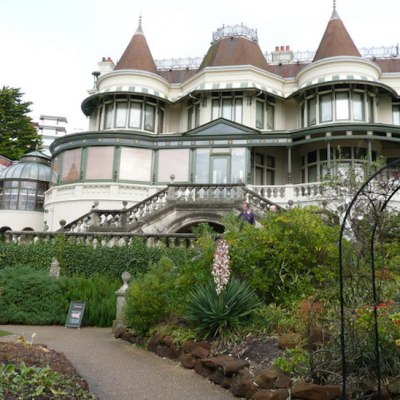While most of us were enjoying the Christmas break, David Sheard, leader of Kirklees Council, was busy canvassing Twitter users’ opinion on whether the council should sell its extremely valuable Francis Bacon Figure Study II.
‘If I were a philistine,’ he tweeted, ‘I might compare the costs of caring for a piece of coloured canvass [sic] to an aging resident with dementia… I have been asked “Should we sell our Bacon”. Any thoughts?’
Members of the twittersphere vociferously told him that he definitely was a philistine, and the council rowed back from the idea of selling the painting when it became clear that the original donor, the Contemporary Arts Society, has a claim to the painting should it ever be sold.
Nevertheless, this incident has caused alarm in museums across the country. It once again raises the spectre of local authorities using their cultural collections as a cash cow. The 2014 sale of Northampton Museum’s early Egyptian Sekhemka statue by Northampton Borough Council for £16 million is still fresh in the minds of many museum professionals, and there is a real desire to prevent more widespread selling off of the ‘family silver’.
But how long can our great civic museums hold out? The government’s austerity agenda has been particularly cruel to local government, and – as all the easy savings have long since been made – museums and galleries are extremely vulnerable. Last year saw Kirklees Council close two museums, with the great Tolson Museum to follow this year. Next door in Lancashire, the council closed five museums in September, two of which held collections of national importance. Across the UK, councils are announcing swingeing cuts to their budgets which put museums and their collections at risk.
In this context, David Sheard’s tweets are a warning of things to come. Without the cash to deliver statutory duties like social care provision, or even facing bankruptcy, the fear is that councils will not only close down museum services, but will also look to the assets they own to get themselves out of a hole. Once they’ve alighted on the municipal art collection, the trick for local politicians is easy: denigrate the art work, say it’s just a canvas, say it’s elitist, say it’s too expensive to display properly, and finally: sell it.
Some of these techniques were employed by David Mackintosh, leader of Northampton Borough Council, during the sale of the Sekhemka statue. That incident also revealed another problem. When Northampton sold the statue in 2014, the Culture Minister slapped an export bar on the statue and announced an effort to save it for the nation. But no other museum wanted to be associated with the statue’s unethical sale (and few could have matched the price in any case), and so, sadly, it disappeared to a private buyer on the international antiquities market. Future sales by councils would doubtless result in a similar outcome.
So are we actually powerless to prevent sales from local authority collections? Things are perhaps not as bleak as they seem. As David Sheard found over Christmas, the strength of public opinion about public collections is strong, as is the power of negative media coverage. In this case there was a separate legal claim on the painting. And, had things gone any further, Mr Sheard would have found that the Museums Association Ethics Committee, Arts Council England, and the Heritage Lottery Fund would also have been resolutely opposed to the sale.
None of this solves the long-term funding problems faced by our great civic museums – but these measures can help preserve the integrity of their cultural, historic and scientific collections so that they continue to benefit the public long into the future.
Alistair Brown is Policy Officer at the Museums Association. He tweets at @acbrown511.



